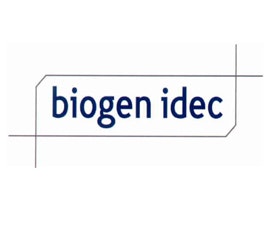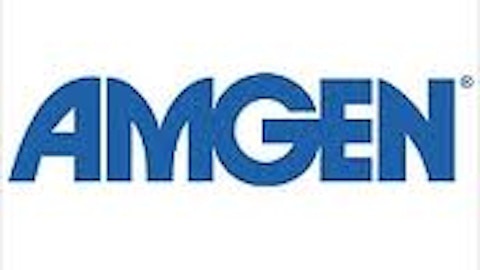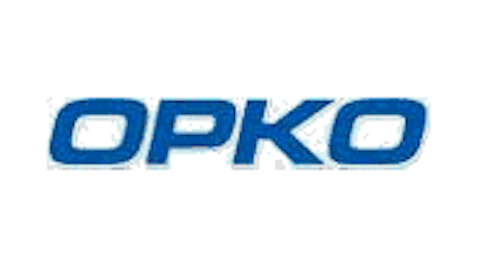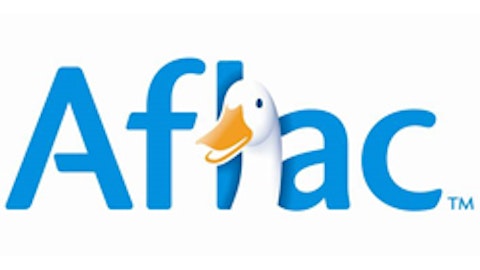With one product already on the market, one recently approved and four more in various stages of clinical development, Biogen Idec Inc. (NASDAQ:BIIB) has a very strong presence in the multiple sclerosis space. Multiple sclerosis is a debilitating disease that affects 2.5 million people worldwide, and 400,000 Americans annually, according to WebMD.
Making Biogen Idec Inc. (NASDAQ:BIIB)‘s position even stronger, the company recently submitted a biologics license application (BLA) to the FDA for the approval of Plegridy. This is a longer lasting subcutaneous (SC) injectable preparation used for treatment of relapsing/remitting multiple sclerosis (RRMS). The company also plans to submit an application for Plegridy to the European Medicines Agency shortly.
According to this report, the MS market will grow from about $14 billion last year to over $17 billion by 2017. About $5 billion of this market is covered by Biogen’s Avonex and a tablet version of Tysabri. Another large chunk is owned by Teva’s Copaxone. However, it seems to me that with so many MS drugs in the pipeline and two in the final stages, Biogen Idec Inc. (NASDAQ:BIIB) is aiming at becoming the market leader by a substantial margin in this space.
Biogen’s broad MS portfolio
Biogen Idec Inc. (NASDAQ:BIIB) submitted the application based on the results of Phase III ADVANCE trial. The result confirmed that Plegridy met the requirement considerably while reducing the relapses rate, disability progression and brain lesions compared to placebo. The result also showed a favorable safety and tolerability profile for Plegridy.
In multiple sclerosis, the company has a strong portfolio comprising of a series of product and product candidates.
Avonex is one of the leading marketed products in the injectable segment, making up two-thirds of Biogen’s total sales.
Tecfidera, another oral preparation for RRMS patients, received both the FDA and EMA approval in March 2013.
Furthermore, with the BLA and MAA submission, it is expected that Plegridy will be a possible product in the injectable segment by this year.
With increasing late-stage product candidates, Biogen Idec Inc. (NASDAQ:BIIB) aims at all forms of administration including oral, SC and Intramuscular (IM) injections to enhance its portfolio for MS therapy.
Table1:
Multiple Sclerosis | |||
Product candidates | Indication | Administration | Status |
| Avonex | RRMS | IM Injection | Marketed |
| Tecfidera | RRMS | Oral | FDA approved in US Filed in EU |
| Plegridy | RRMS | SC Injection | Phase III |
| Daclizumab | RRMS | SC Injection | Phase III |
| Tysabri | SPMS & MS | IV Infusion | Phase III |
| Ocrelizumab | RMS & PPMS | IV Infusion | Phase III |
Source:Biogen Presentation
Competition
Biogen Idec Inc. (NASDAQ:BIIB)’s Plegridy will compete with well-established market products such as Copaxone from Teva and Betaseron from Bayer. These products are mostly administered as subcutaneous (SC) injections for the treatment of multiple sclerosis.
Teva Pharmaceutical Industries Ltd (ADR) (NYSE:TEVA)’s Copoxane is a well-established medicine used to reduce the frequency of relapses in patients suffering from multiple sclerosis. The product is a billion-dollar branded medicine, comprises 40% of the global multiple sclerosis market and contributes around 20% of Teva Pharmaceutical Industries Ltd (ADR) (NYSE:TEVA)’s sales. During 2013’s first quarter, Copaxone reported sales of $1.1 billion, an increase of 17% compared to 2012 first quarter; resulting from increase in price and volume in the US and the effect of successful withdrawal of marketing and distribution rights in Europe. Overall, Teva Pharmaceutical Industries Ltd (ADR) (NYSE:TEVA) reported total sales of $4.9 billion in 2013 first quarter, a decrease of 4% compared to same period in 2012; primarily due to significant fall in Provigil sales in the US. The decline is partly offset by strong sales of leading products Copaxone and Azilect. Adjusted (non-GAAP) EPS was $1.12 in first quarter of 2013, a decrease of 24% compared to same period in 2012.






